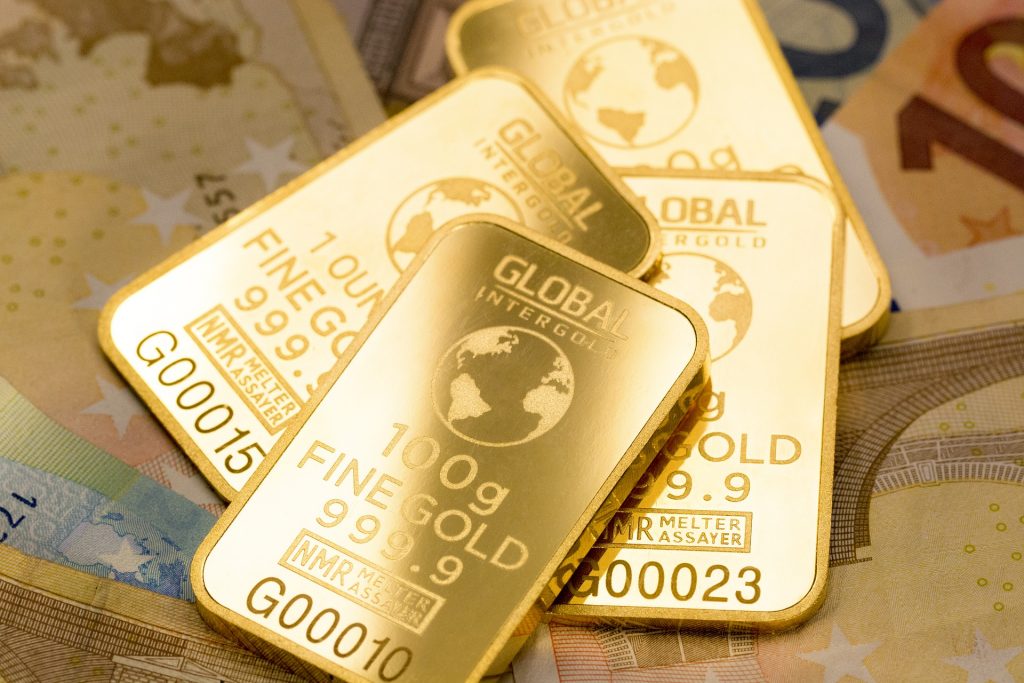Investing is making a profit by investing money in a business or stock. There is a similar word for “asset management”, but asset management is to increase money based on your own property. The image is that profit is important for investments, and it is important for asset management not to impair the asset value. Investment is also asset management in a broad sense.
This time, I would like to introduce low-risk investments, that is, those that are more like “asset management”.
- Deposit (savings)
- Bond investment
- Reak Estate Investment
- Gold Investment
- Foreign currency deposits
1. Deposit (savings)
Deposit (savings) is a method of depositing cash in a bank and increasing assets with interest. Since you only deposit money in a bank, there is no need to operate it, and you can safely save the deposited money. It may be different from the image of investment, but money will increase.
Deposits (savings) are recommended for people who want to keep their money safely in the future. Because there is almost no risk that the deposited money will be reduced.
It does not take time and effort. You can manage your assets safely. Monetary value drops during inflation (excessive demand). Deposits are only protected up to 10 million yen when a bank goes bankrupt (payoff). There is a payoff that protects only one depositor up to 10 million yen when a bank goes bankrupt.
However, in the past, when Hokkaido Takushoku Bank and Ashikaga Bank went bankrupt due to insolvency, the Deposit Insurance Corporation of Japan forcibly acquired all the shares of the bank and nationalized it, or transferred the business to another bank. , There is almost no payoff.
The payoff was triggered only when the Incubator Bank of Japan went bankrupt in 2010.
[products limit=”4″ columns=”4″ cat_operator=”AND”]
2. Bond investment
Bond investment is an investment that purchases receivables issued by the government or companies and has them repaid with interest in the future. . Simply put, lend money to a country or company and have it returned with interest. Typical examples are government bonds and corporate bonds issued by companies.
The characteristic of a bond is that it is highly likely that all the loaned (invested) amount will be returned if the term is met. In addition, many interest rates are fixed from the beginning, so stable profits expected.
Interest rates are higher than deposits. It is possible to sell even in the middle of the loan period. If the company or country that purchased the bond goes bankrupt, the principal and interest payments will disappear.
3. Real estate investments
Real estate investment is an investment that buys a property for rent and earns rent income. It is often classified as a middle-risk middle return. But the stable operation is possible if conditions such as the real estate company to use and the location of the real estate to purchase are meet.
For example, our Grand Vin offers a rent guarantee of up to 95% of the assessed rent to reduce vacancy risk. Even if there are vacancies, it is a mechanism to prevent the purchaser’s household budget from being overwhelm by the loan repayment amount.
Since you have a guarantee, you need to bring out 10,000 to 20,000 yen a month until the payment is completed, but after the payment, you will receive stable unearned income. Real assets remain. Group credit life insurance replaces life insurance. You need to take out a loan separately from the one for residential use. You may not be able to get a loan depending on your credit information. There is a risk of vacancies.
4. Gold investments
It is a method of purchasing gold and investing by using the difference in the trading amount. Gold is often used to protect assets rather than investment. This is because the value is recognized all over the world, and there is a real thing, so the value is hard to decline.
Common value worldwide. It is hard to lose value with physical assets. Possible theft or loss. It takes time to manage. There is foreign exchange risk,

5. Foreign currency deposit
Foreign currency deposits are deposits in foreign currencies other than Japan. These deposits are made as investments as interest rates differ when depositing money in banks, etc., depending on the country.
For example, suppose you deposit 1 million yen in Japanese yen in US dollars at a rate of 1 dollar = 100 yen. After that, the value of the US dollar will increase, and if you withdraw in Japanese yen at the rate of 1 dollar = 110 yen, the total will be 1.1 million yen, and 100,000 yen will be a profit. On the contrary, if you withdraw as Japanese yen when 1 dollar = 90 yen, it will be 900,000 yen and you will lose 100,000 yen.
The currency value of a country is constantly changing, and it is a characteristic of foreign currency deposits that it is subject to fluctuations in exchange rates.
Interest rates are higher than in Japan in some countries. It is also possible to obtain a trading margin by the exchange rate. There is foreign exchange risk




